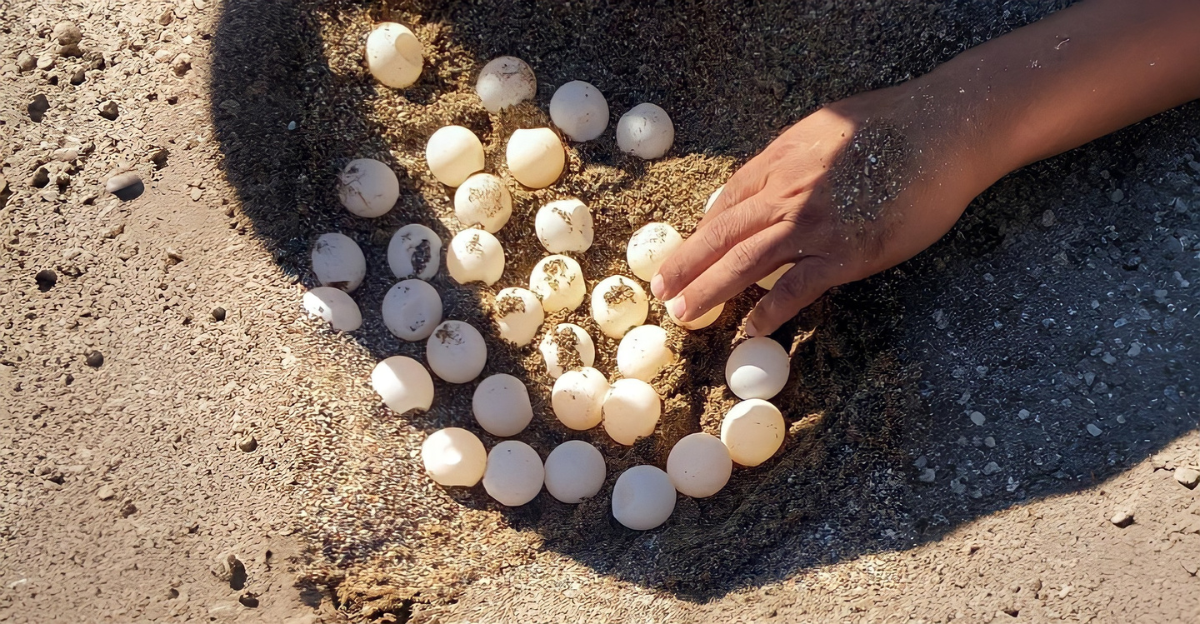
A stunning discovery was made in a Miami backyard at the beginning of 2025, three female iguanas built interconnected burrows that contained nearly 100 iguana eggs, or 98 in total. For a single site in Florida, a state that is struggling with invasive iguana populations, this is regarded as a record-setting discovery. Florida’s warm climate and lack of natural predators have led to the introduction of iguanas, a non-native reptile, in the 1960s, and their current population of over a million.
A degree of social tolerance or at least spatial overlap among nesting females is suggested by the interconnected burrows, which could be a sign of behavioral adaptations to congested or scarce nesting sites. This could imply that iguanas may modify their reproductive strategies more frequently to take advantage of habitats that humans have altered as urban sprawl continues.
The Historical Background of Florida’s Iguana Invasion
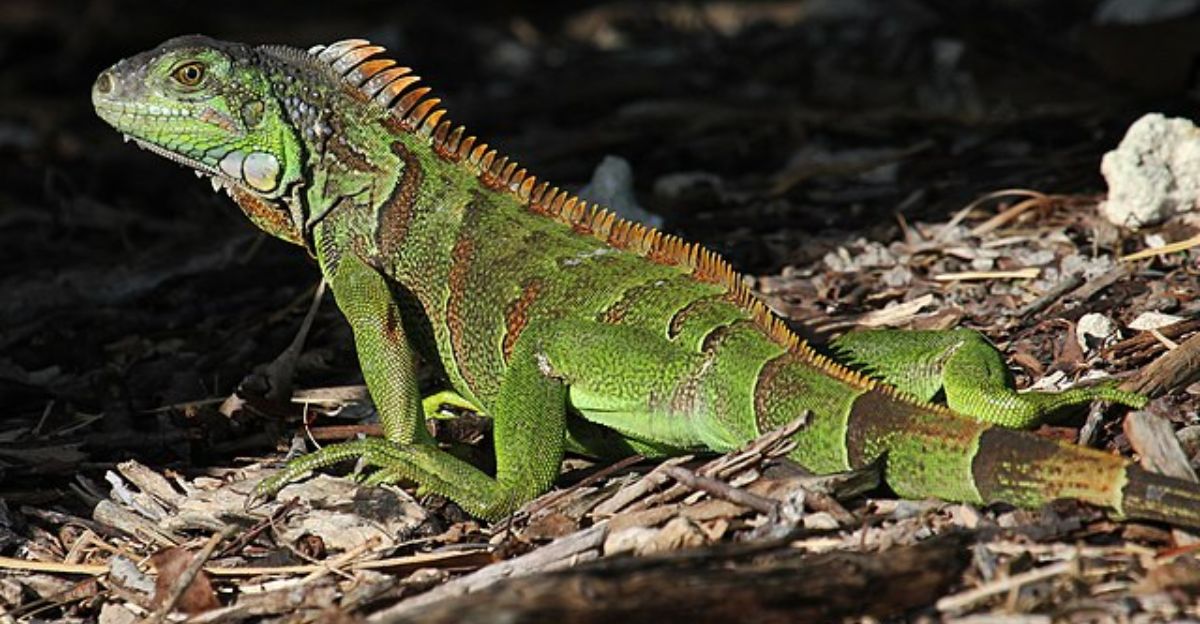
Originally brought to Florida by the pet trade and cargo shipments, iguanas frequently escaped or were abandoned by owners who were unable to provide for them. The environment in Florida has been perfect for their growth since the 1960s. Because they have fewer predators than native species and eat a lot of food, including native bird eggs, iguanas disturb local ecosystems. They are a public nuisance because of their burrowing habits, which endanger both infrastructure and native wildlife.
Further investigation reveals that the iguana invasion is a component of a larger trend of invasive species introductions in Florida, which is referred to as the “invasive species capital” of the United States. A subtropical climate, a large number of waterways, and human activity all combine to provide an ideal environment for the establishment and spread of non-native species. The success of the iguana serves as a warning about the unforeseen repercussions of international trade and the exotic pet trade.
Effects of Iguana Infestations on the Environment and Economy
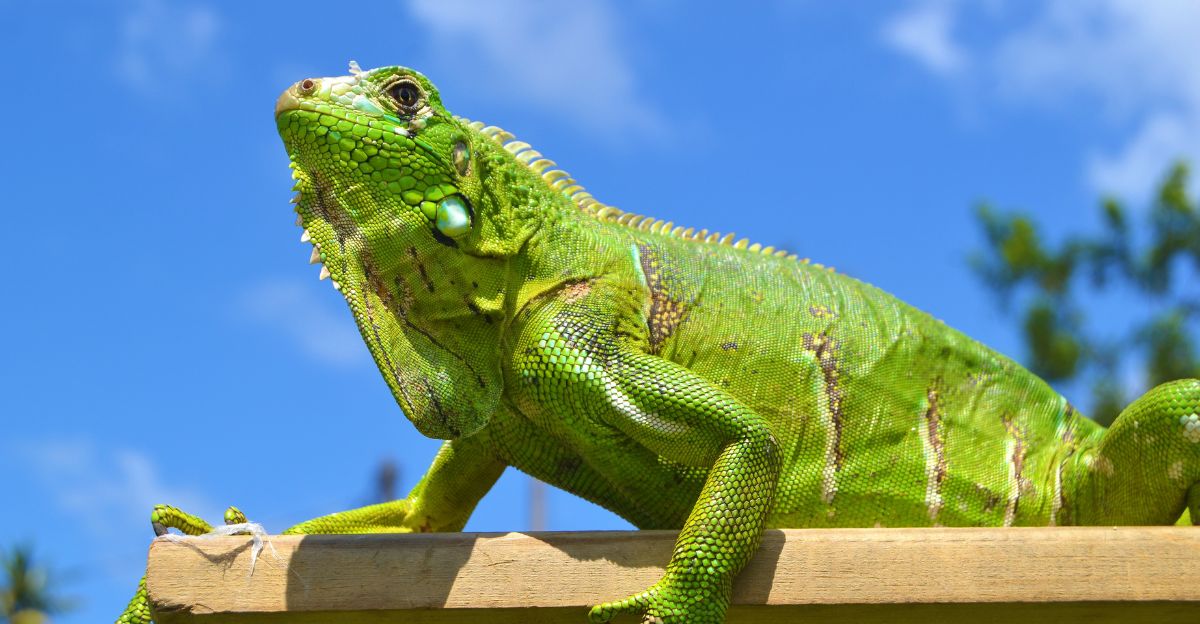
Iguana’s presence in public and residential areas causes a variety of issues. In terms of ecology, they disrupt local food chains and biodiversity by feeding on native bird eggs. In terms of the economy, their burrowing causes millions of dollars worth of repair costs to vital infrastructure like roads, dams, and seawalls. Iguanas also pose health hazards because they urinate in places where people congregate, such as playgrounds and swimming pools.
Economically speaking, the cost of damage extends beyond repairs; in areas that are severely infested, property values may drop, and tourism may suffer if public parks and beaches lose their appeal. Iguana feces raise health concerns because they can harbor salmonella and other pathogens, which raises the possibility of zoonotic illnesses.
The Biology of the Record Nest: Iguanas’ Reproductive Techniques
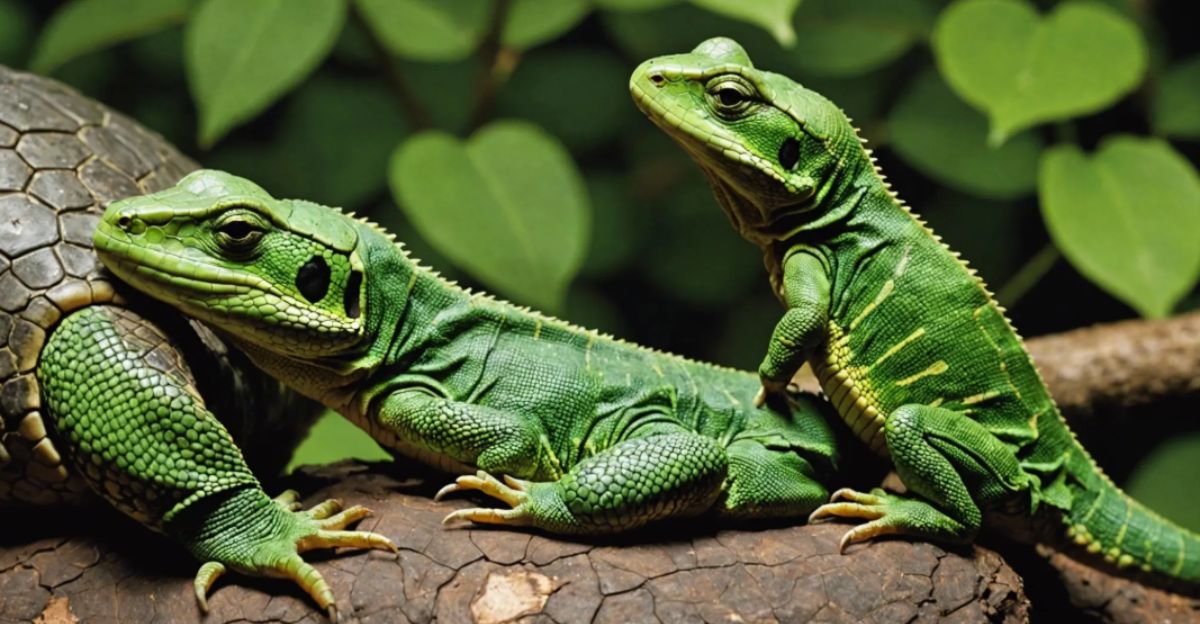
Female iguanas lay clutches of eggs in burrows that offer ideal conditions for incubation, demonstrating their incredibly effective reproductive strategies. The Miami backyard’s interconnected burrows indicate cooperative or spatially overlapping nesting behavior, making the most of valuable real estate that is defined by soft soil, shade, and water proximity. These nests have a 93% hatch rate, which allows them to boost population density quickly.
In addition, environmental elements like temperature, humidity, and the presence of predators affect iguanas’ ability to reproduce. The overlapping burrows may also suggest a type of communal nesting, which is uncommon in iguanas but common in other reptiles and may offer benefits like microclimate stabilization or shared protection. These biological discoveries have applications; for instance, altering microhabitats or upsetting nesting locations may decrease the success of reproduction.
Controlling Invasive Reptile Populations Presents Difficulties
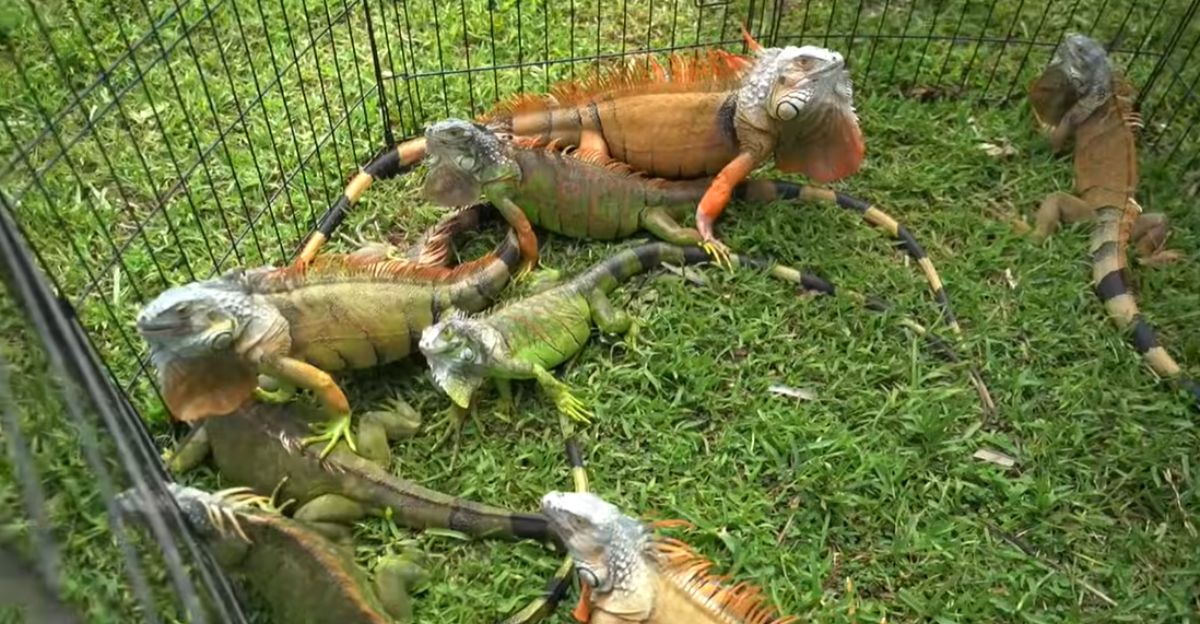
Managing invasive iguanas poses both ecological and logistical difficulties. Unbeknownst to them, homeowners frequently provide nesting habitats. Covering burrows can compact the soil and make it more difficult for professionals to remove them. The intricate burrowing of reptiles necessitates specialized knowledge in order to locate tunnels and retrieve eggs without causing damage to property.
The public’s perception of iguanas makes control efforts even more difficult. Many locals oppose removal efforts because they see them as exotic pets or garden oddities rather than invasive pests. Furthermore, detection is challenging due to the reptiles’ cryptic behavior and prolonged periods of immobility. Their intricate burrows, which can reach several feet below the surface and have numerous entrances, necessitate specific tools and methods to guarantee thorough removal.
Climate-Smart Landscaping and Rewilding

To discourage nesting and feeding, experts recommend rewilding yards with native plants that iguanas avoid, like Simpson’s Stopper and Coontie. Xeriscaping is one climate-smart landscaping technique that lowers maintenance costs and makes spaces less inviting to invasive reptiles. These methods support biodiversity and native pollinators in addition to safeguarding homeowners’ properties. An example of a sustainable approach that tackles both invasive species management and climate resilience is the combination of ecological restoration and pest control.
Rewilding initiatives can create resilient ecosystems that fend off the colonization of invasive species in urban and suburban areas, going beyond simple deterrence. Native plants frequently have developed physical or chemical defenses that deter non-native species, such as iguanas, from herbivorizing them.
Urban Ecosystems and Invasive Species

The discovery of iguana eggs brings to light a larger story about invasive species flourishing in suburban and urban environments. These species frequently outcompete native fauna and damage infrastructure by taking advantage of human-altered environments. The Miami case serves as an example of how invasive reptiles can inadvertently establish themselves in urban backyards.
Cities give animals like iguanas new homes with plenty of food, cover, and fewer predators, allowing them to thrive. This highlights the necessity of urban ecology as a separate field and challenges conventional conservation models that concentrate on wildlands. Effective management must go beyond public lands, as the discovery of the Miami backyard nest shows how private properties can turn into hotspots of invasive reproduction.
Are Invasive Reptiles Beneficial to the Environment?
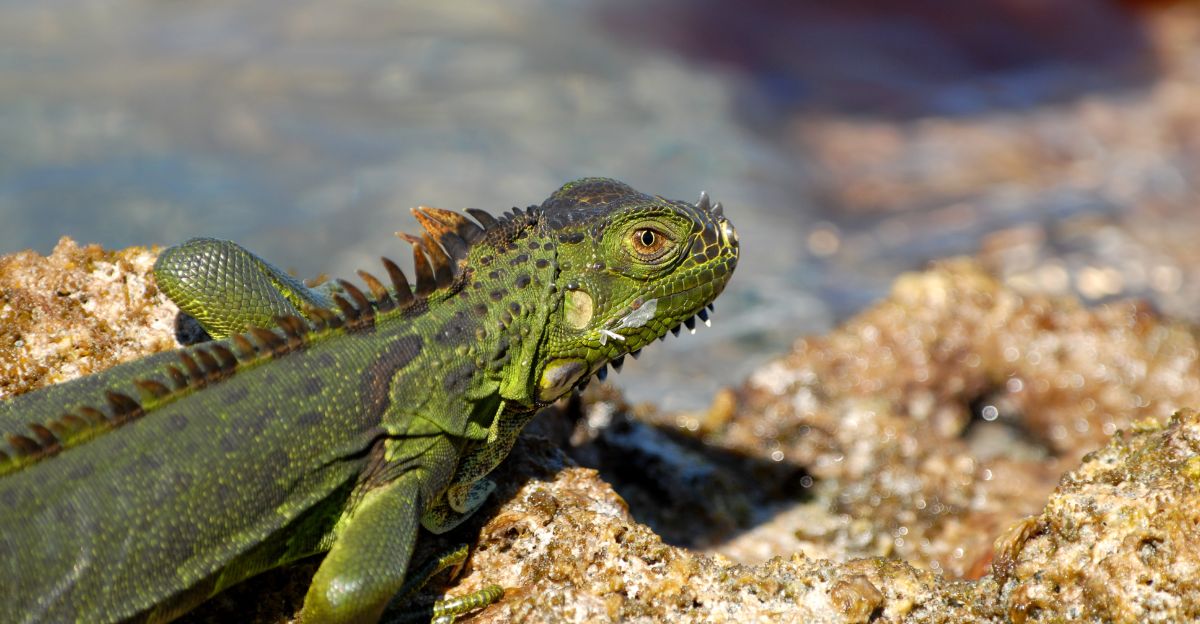
Although invasive iguanas are primarily thought of as pests, some opposing viewpoints raise the possibility that they may play ecological roles, like dispersing seeds or acting as prey for native predators that are adjusting to new food sources. These advantages are hypothetical, though, and are outweighed by the known costs of infrastructure and ecological harm.
This opposing viewpoint encourages a more complex conversation about invasive species. Non-native species have been seen to support specific ecosystem functions or to occupy ecological niches left empty by extinct natives in some ecosystems. Although this is poorly documented and probably incidental, iguanas’ function as seed dispersers may help propagate some native plants.
Florida Record Python Egg Nest

Iguanas are not the only invasive reptile that Florida has to deal with. In the Everglades, a contractor recently found a record 111 Burmese python eggs, another invasive species that is seriously upsetting the ecosystem. To save native species, these snakes are actively removed by the Python Action Team Removing Invasive Constrictors (PATRIC).
Similar themes emerge when comparing invasions of pythons and iguanas: non-native species take advantage of Florida’s climate, harm the environment, and necessitate focused control measures. These incidents highlight how difficult and urgent it is to manage invasive reptiles in the state.
Moving Toward Informed, Integrated Management of Invasive Species
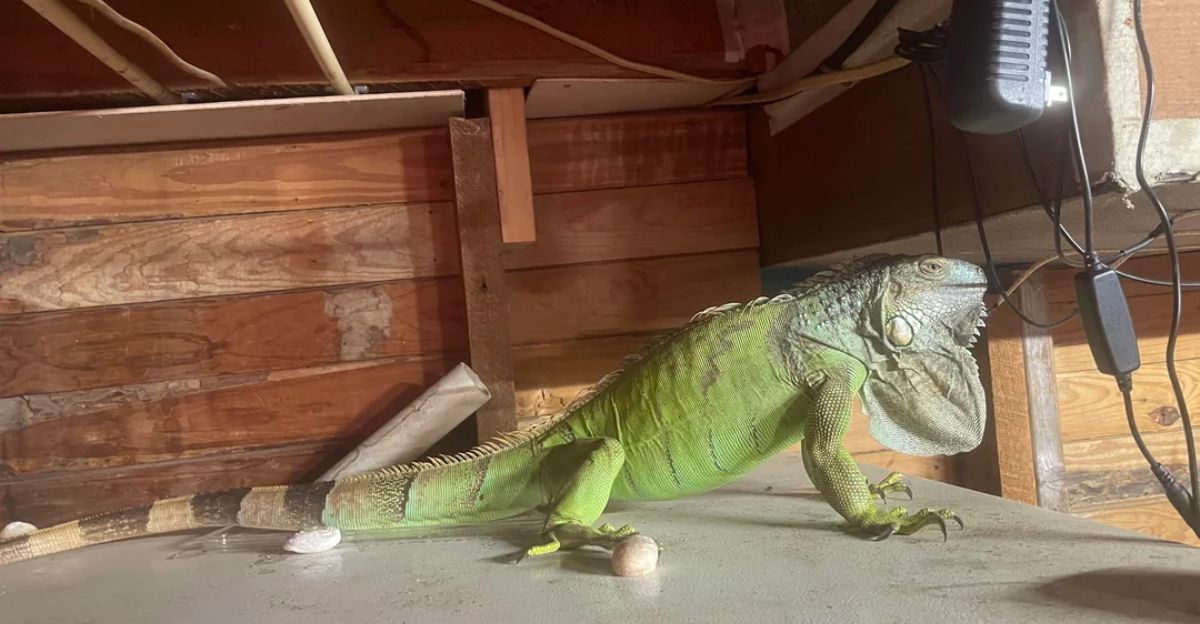
A clear reminder of the threats invasive reptiles pose to infrastructure, public health, and ecosystems is provided by the record-breaking discovery of an iguana egg nest. A multifaceted strategy combining professional removal, habitat modification, public education, and policy support is necessary for effective management. Rewilding and creative landscaping can improve biodiversity and lessen infestations in the future.
In the future, the iguana egg nest case should encourage stakeholders to embrace evidence-based and adaptive integrated pest management frameworks. In order to encourage private landowners to take part in control efforts and support rapid response teams, policy frameworks must change. In order to change attitudes, promote responsible pet ownership, and stop future introductions, public education campaigns are essential.
Explore more of our trending stories and hit Follow to keep them coming to your feed!

Don’t miss out on more stories like this! Hit the Follow button at the top of this article to stay updated with the latest news. Share your thoughts in the comments—we’d love to hear from you!







